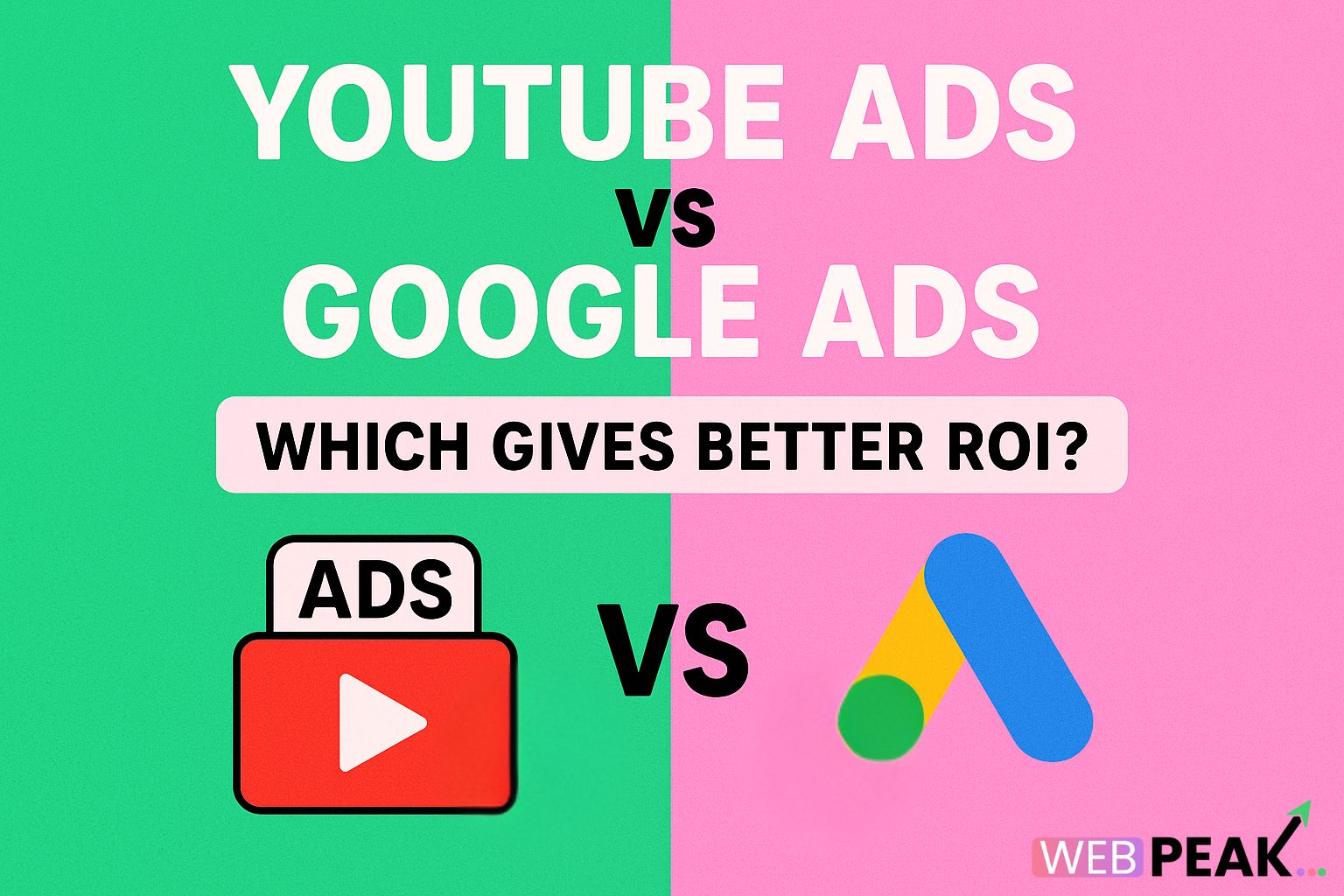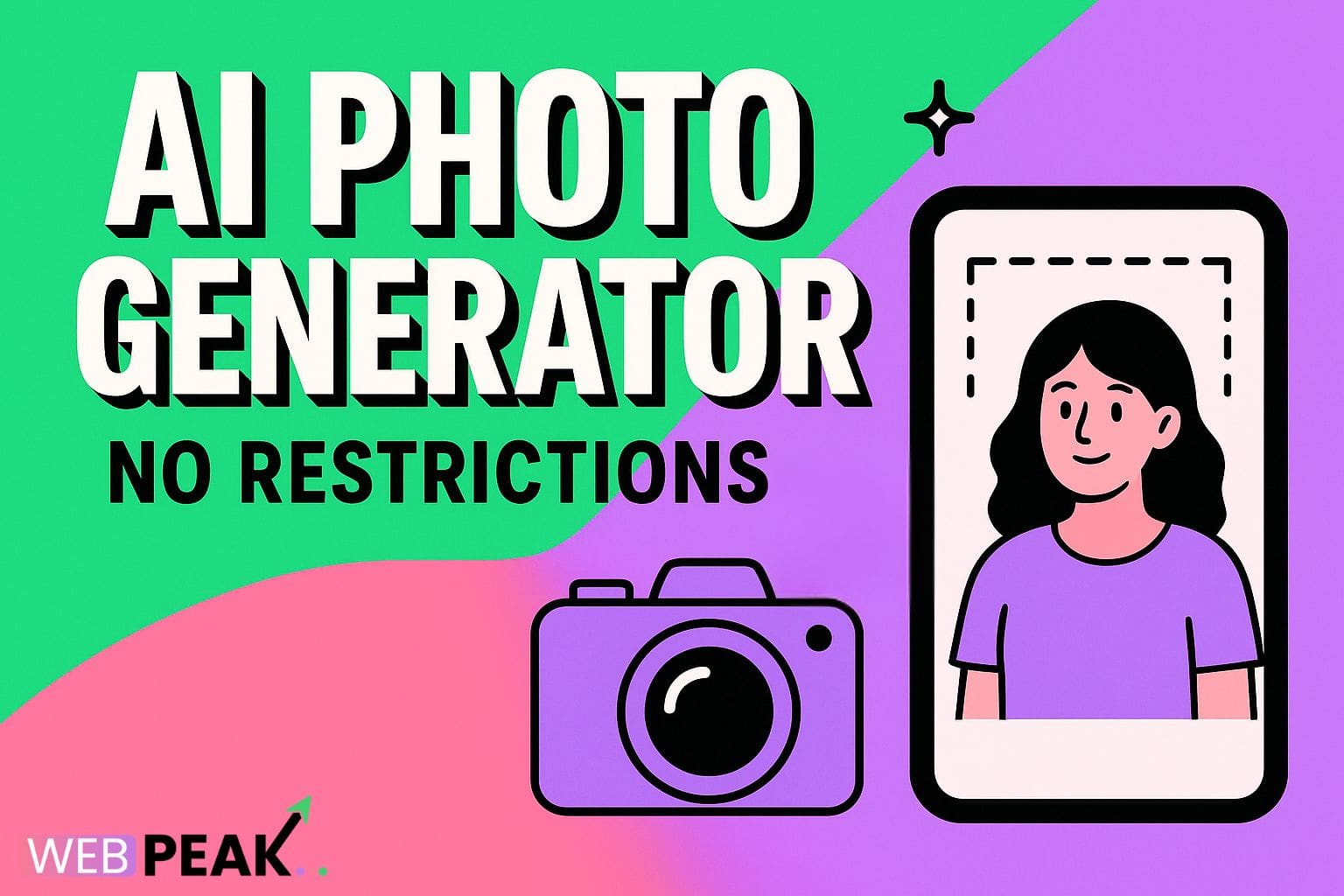YouTube Ads vs Google Ads: Which Gives Better ROI?
YouTube Ads vs Google Ads is one of the most debated topics among marketers trying to maximize their advertising budget. Both platforms belong to Google’s powerful advertising ecosystem, yet they operate in distinct ways. While YouTube Ads capitalize on visual storytelling and audience engagement, Google Ads dominates the search intent market. Choosing the right one can make or break your marketing return on investment (ROI). This comprehensive guide explores their differences, cost structures, targeting strategies, and ROI potential to help you decide which platform best suits your business goals.
Understanding the Basics: YouTube Ads and Google Ads
What Are YouTube Ads?
YouTube Ads are video-based advertisements displayed before, during, or after videos on YouTube. They appear in various formats such as skippable, non-skippable, bumper, and in-feed ads. With over 2.7 billion monthly users, YouTube offers advertisers access to a massive and engaged audience. The platform allows brands to showcase visual storytelling, product demos, testimonials, and more — all designed to capture attention and build brand awareness.
What Are Google Ads?
Google Ads (formerly AdWords) is a pay-per-click (PPC) advertising platform that lets businesses appear on Google Search results and across its Display Network. It covers text-based search ads, display banners, shopping ads, and responsive campaigns. When users actively search for products or services, Google Ads positions your business directly in front of them, capitalizing on intent-based marketing.
Key Differences Between YouTube Ads and Google Ads
While both platforms operate under Google’s advertising ecosystem, they cater to different stages of the marketing funnel. Here’s a quick breakdown of their core differences:
- Ad Format: YouTube focuses on video ads, while Google Ads emphasizes text and display ads.
- User Intent: YouTube users are typically in a discovery or entertainment phase, whereas Google search users are actively looking for information or solutions.
- Engagement Level: YouTube Ads build emotional connection through visuals and sound; Google Ads drive direct conversions through intent.
- Cost Model: Both use a bidding system (CPV for YouTube, CPC for Google), but costs vary based on targeting and competition.
- ROI Measurement: Google Ads provides quicker measurable results (clicks and conversions), while YouTube Ads deliver long-term brand value and audience retention.
ROI Analysis: YouTube Ads vs Google Ads
1. Cost-Per-Click (CPC) and Cost-Per-View (CPV)
On average, YouTube Ads cost between $0.01–$0.03 per view, depending on audience targeting and ad format. In contrast, Google Ads typically cost between $1–$3 per click for search ads. While YouTube provides more exposure at a lower price per interaction, the level of conversion intent is generally lower compared to Google search clicks.
2. Conversion Rates
Conversion rates differ significantly due to the intent behind each platform:
- YouTube Ads: Average conversion rates range from 0.5% to 1.5%, depending on ad creativity and targeting precision.
- Google Ads: Search campaigns can deliver 3% to 5% or higher conversion rates, especially for high-intent keywords.
While Google Ads may have a higher cost per click, its conversions are often more direct and immediate. YouTube, however, excels in brand awareness, which can influence long-term conversions and customer loyalty.
3. Audience Targeting Capabilities
Both platforms offer powerful targeting tools, but they serve different marketing objectives:
- YouTube: Targeting is based on demographics, interests, video topics, remarketing lists, and custom intent audiences.
- Google Ads: Targeting relies heavily on keywords, user search intent, and geographic or device segmentation.
For top-of-funnel campaigns focused on awareness, YouTube is unbeatable. For bottom-of-funnel conversion-driven campaigns, Google Ads wins hands down.
4. Engagement Metrics
ROI is not just about conversions; engagement matters too. YouTube Ads can generate strong engagement metrics, such as view rate, watch time, and brand recall. According to Google, viewers are twice as likely to buy a product they’ve seen on YouTube. Meanwhile, Google Ads measure engagement through clicks and conversion actions, offering more straightforward attribution.
When to Use YouTube Ads
Use YouTube Ads if your primary goal is to build brand recognition, educate potential customers, or tell a story visually. It’s perfect for businesses that benefit from visual demonstrations, testimonials, or creative storytelling — for instance, lifestyle brands, software demos, and educational content.
Best Scenarios for YouTube Ads
- Launching a new product or brand.
- Running remarketing campaigns to re-engage site visitors.
- Explaining complex products visually through video tutorials.
- Expanding top-of-funnel awareness for broad audiences.
When to Use Google Ads
Google Ads shine when your goal is immediate traffic, leads, or sales. It’s ideal for service-based businesses, e-commerce stores, and local advertisers targeting users actively searching for specific solutions.
Best Scenarios for Google Ads
- Generating high-intent leads for B2B or service businesses.
- Driving direct e-commerce sales with Shopping or Search Ads.
- Promoting local services using geographic targeting.
- Retargeting users who visited your site but didn’t convert.
How to Maximize ROI from Both Platforms
Combining YouTube Ads and Google Ads can deliver exceptional results when strategically aligned. Here’s how to maximize ROI:
1. Use YouTube for Awareness, Google for Conversion
Start with YouTube Ads to create brand familiarity and drive curiosity. Then retarget those viewers with Google Search or Display Ads to capture conversions when they’re ready to buy.
2. Leverage Remarketing Lists
Link your YouTube and Google Ads accounts to retarget users who interacted with your videos. These warm leads are far more likely to convert than new prospects.
3. Optimize Creatives and Landing Pages
For YouTube Ads, focus on strong hooks, storytelling, and call-to-actions (CTAs). For Google Ads, craft compelling ad copy and ensure your landing pages are optimized for fast loading, clarity, and conversion.
4. Monitor Metrics Beyond Clicks
Measure more than just CPC or CPV. Analyze key performance indicators (KPIs) like view-through rate (VTR), cost per acquisition (CPA), and lifetime value (LTV). A video view may not result in an instant sale but can heavily influence later decisions.
5. Split Test and Adjust Bids
Continuously A/B test ad formats, creatives, and targeting options. Use automated bidding strategies like Target CPA or Target ROAS to improve efficiency.
Which Platform Offers Better ROI?
Ultimately, the better ROI depends on your business goals:
- For Immediate ROI: Google Ads are more efficient due to high user intent and measurable conversions.
- For Long-Term ROI: YouTube Ads build stronger brand equity and awareness, leading to better conversion rates over time.
Many successful advertisers use both in tandem — YouTube to warm up audiences and Google Ads to close the sale. This omnichannel strategy ensures higher ROI than using either platform in isolation.
Case Example: Combining YouTube and Google Ads
Imagine a SaaS company launching a new project management tool. They start with YouTube Ads showcasing a 60-second explainer video that reaches 500,000 viewers. Of those, 10% visit the website, where Google Ads later retarget them with search campaigns offering a free trial. The result? Increased brand recall, lower acquisition costs, and improved ROI through a synchronized funnel.
Expert Insight
According to digital marketing professionals, blending video-driven engagement (YouTube) with intent-based targeting (Google Ads) creates a synergistic effect. Brands that combine both platforms often see 30–50% higher ROI compared to single-channel campaigns.
Final Verdict: The Smartest Approach
The smartest advertisers don’t choose between YouTube Ads vs Google Ads — they integrate both strategically. Use YouTube to educate, inspire, and nurture; use Google Ads to convert and capture demand. The balance between the two determines your overall marketing success.
For businesses seeking expert help in managing both platforms, WEBPEAK — a full-service digital marketing company specializing in Web Development, Digital Marketing, and SEO services — can help you build data-driven campaigns that maximize your advertising ROI.
FAQs
1. Which is cheaper, YouTube Ads or Google Ads?
YouTube Ads generally cost less per view (around $0.01–$0.03) compared to Google Ads (around $1–$3 per click). However, Google Ads often deliver higher immediate conversions due to stronger purchase intent.
2. Can YouTube Ads drive direct sales?
Yes, though their main strength is in awareness and engagement. With strong calls-to-action and targeted remarketing, YouTube Ads can drive significant sales and signups, especially for visually appealing products.
3. Is it better to use YouTube or Google Ads for a small business?
Small businesses should start with Google Ads to target high-intent keywords and drive quick results. Once stable, they can expand into YouTube Ads to boost brand awareness and customer trust.
4. How can I measure ROI from YouTube Ads?
Track metrics such as view rate, engagement, conversions from remarketing, and brand lift studies. Integrate YouTube Analytics with Google Ads to assess how video exposure influences later conversions.
5. Should I run both YouTube and Google Ads together?
Yes, combining both platforms creates a powerful full-funnel strategy. YouTube builds awareness and interest, while Google Ads capitalizes on user intent, driving higher overall ROI.
6. What’s the best YouTube Ad format for ROI?
Skippable in-stream ads offer the best balance of cost and engagement. They allow advertisers to pay only when viewers watch for at least 30 seconds, ensuring budget efficiency and quality engagement.





